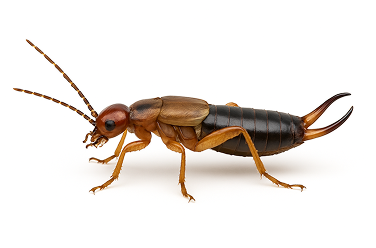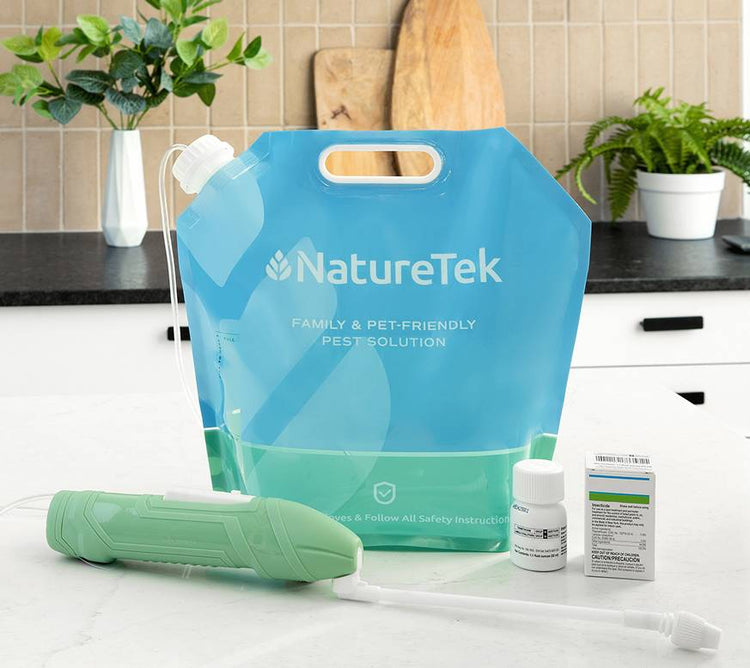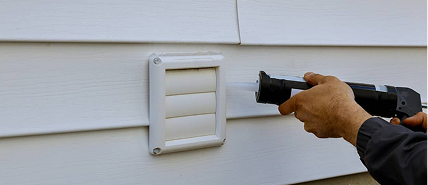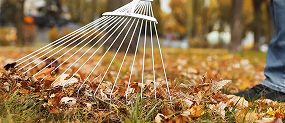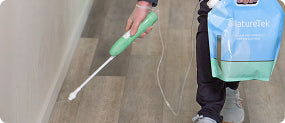Earwigs
Earwigs are small pests with slender bodies and distinctive pincers that can often be found in damp, dark areas of homes. These insects are known to invade basements, bathrooms, and kitchens, where they can become a persistent nuisance. This guide offers easy-to-follow steps to prevent and eliminate earwig infestations, ensuring your home stays pest-free.

Here are some of the most common earwig species found across households in the United States.
-
European Earwig

-
Maritime Earwig

-
Ring-Legged Earwig

-
Striped Earwig


Antennae: Long, thin, and segmented, extending forward from the head.
Size: Typically 0.5 to 1 inch in length, though some species can be slightly larger.
Body Shape: Long, slender, and slightly flattened with a distinctive pair of pincers (cerci) at the rear.
Color: Usually dark brown or reddish-brown, sometimes with lighter markings or stripes.
Legs: Six short legs designed for quick crawling, often with a shiny or slightly waxy appearance.
Sound: Curved or straight pincers at the back, used for defense and handling food, more prominent in males.
You can use the following model to help you identify an european earwig .
